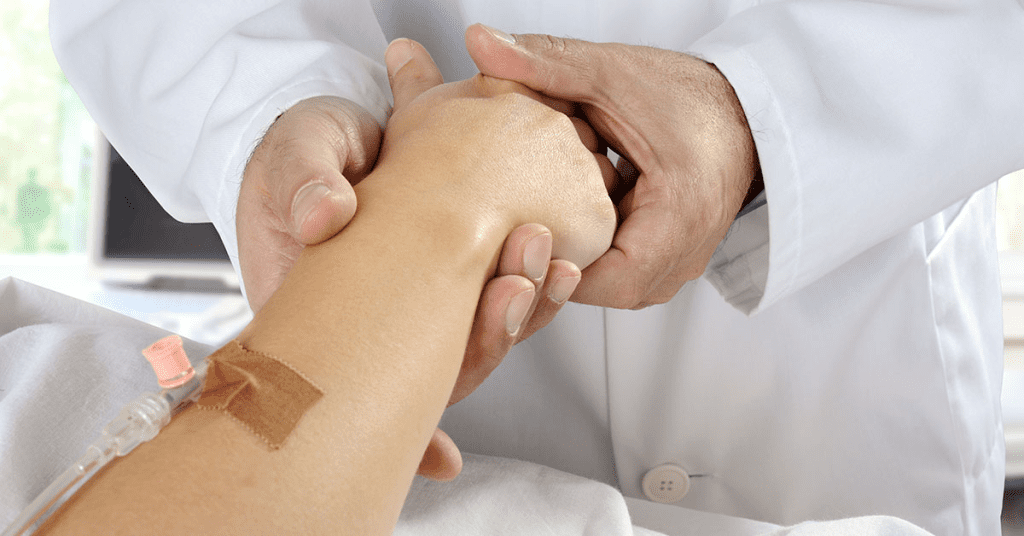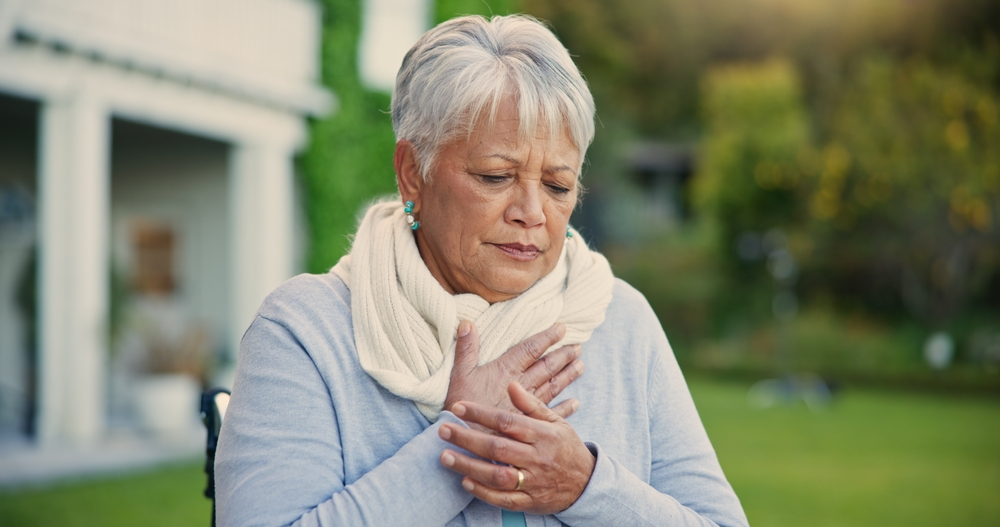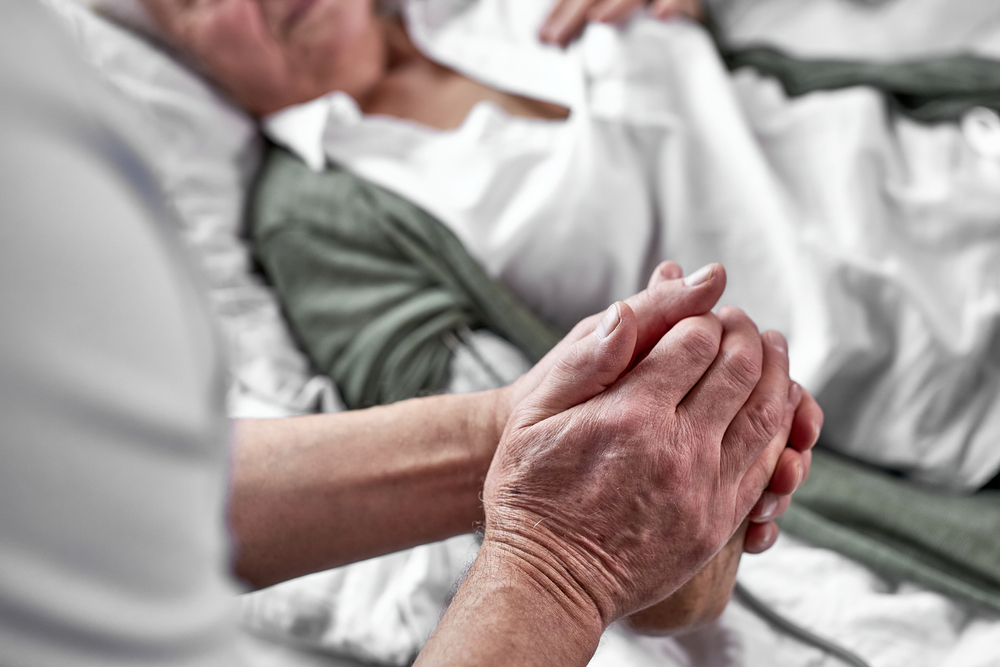As we approach the final stages of life, our bodies undergo a series of physical transformations that signal the end is near. These changes, while unique to each individual, often share common traits and can last for several hours to even a few days. Understanding these changes can help families and caregivers prepare and offer the necessary comfort to their loved ones. According to health authorities like the NHS, recognizing these signs can be an important part of providing care during the final stages of life.

Let’s take a closer look at the various physical changes that are commonly observed in the last hours and days of life.
1. Extreme Fatigue and Increased Sleeping
One of the most noticeable changes as a person nears the end of life is their overwhelming sense of fatigue. They may sleep for long periods or appear constantly drowsy. This happens because the body is conserving energy for its most vital functions.
Loved ones may feel helpless during this time, but the best course of action is to allow the individual to rest. Try to make them as comfortable as possible by adjusting their position every few hours. Small acts, like offering a soft pillow or blanket, can provide comfort.
2. Loss of Appetite and Decreased Thirst
Another major physical change is the loss of appetite. As the body prepares for the end, many of its organs begin to shut down. This makes it difficult, and sometimes impossible, for the individual to eat or drink. As their sense of hunger fades, so does their ability to swallow food or beverages.
Caregivers should consult with healthcare professionals to explore alternative ways to keep the individual hydrated and nourished. Even if the person isn’t eating or drinking, applying balm to their lips can help keep them comfortable.
3. Irregular Breathing Patterns
Breathing changes are common as death approaches. You may notice that the individual’s breathing becomes erratic, alternating between shallow and deep breaths. There may also be a noticeable pause between breaths, known as Cheyne-Stokes breathing. Additionally, their breathing might sound rattled or noisy due to the accumulation of mucus in the throat.
If this happens, gently adjust their position to make breathing easier. Propping them up with pillows can alleviate some of the discomfort associated with irregular breathing patterns.
4. Hallucinations and Confusion
It’s not uncommon for individuals nearing the end of life to experience confusion or hallucinations. This can be unsettling for loved ones, but it is often a result of chemical imbalances in the brain or medication side effects. Hallucinations may involve seeing or hearing things that aren’t there, and confusion may manifest in not recognizing familiar faces or surroundings.
To help calm the individual, speak to them in a soft, reassuring voice. Gently remind them of where they are and who is with them. Maintaining a calm environment can reduce distress during these episodes.
5. Drop in Body Temperature and Circulation Changes
As circulation diminishes, the body redirects blood to its core organs, leaving the extremities like the hands and feet cold to the touch. The person’s skin may also appear pale, bluish, or mottled with purple patches. While the individual may not feel cold, offering a blanket can provide comfort.

It’s important to remember that these changes are a normal part of the dying process and do not necessarily indicate that the person is in pain. Providing warmth and comfort during this time can help them feel more at ease.
6. Changes in Bowel and Bladder Function
As the body’s systems slow down, so does the digestive system. This results in less frequent bowel movements and reduced urination. In some cases, the individual may lose control of their bladder or bowels. While these changes may be distressing for caregivers, they are normal signs that the body is shutting down.
It may be helpful to have a caregiver assist with cleaning and maintaining hygiene, ensuring the individual remains comfortable and dignified.
7. Muscle Weakness and Loss of Mobility
Muscle weakness is another common sign as a person nears the end of life. The individual may find it difficult to perform even simple tasks, like holding a cup or turning over in bed. As their muscles weaken, they may become completely reliant on others for physical support.

Offering gentle assistance with repositioning or lifting objects can ease their discomfort. Small gestures, like holding their hand, can also provide emotional comfort.
8. Withdrawal from Social Interactions
Social withdrawal is a natural part of the dying process. As the body conserves energy, the individual may become less interested in engaging with others. This doesn’t mean they no longer value the presence of loved ones, but rather that their body is focusing on essential functions.
Respect their need for rest, but try to be present during moments when they feel more alert. Even brief interactions can offer emotional support and help them feel connected.
9. Vital Sign Changes
In the final stages of life, vital signs may fluctuate significantly. Blood pressure often drops, while the heart rate becomes rapid, faint, or irregular. The pulse may be weak and difficult to detect, signaling that the body is gradually shutting down.

While these changes are normal, they can be difficult to witness. It’s essential to remember that these are natural signs that the body is preparing for its final transition.
Conclusion
The physical changes that occur in the last hours and days of life are a natural part of the dying process. Recognizing these signs can help caregivers and loved ones provide comfort and care during this challenging time. From increased fatigue and loss of appetite to changes in breathing and circulation, each of these signs signals the body’s gradual shutdown. By understanding these changes, we can better support our loved ones in their final days, ensuring they experience peace and dignity as they approach the end of life.


